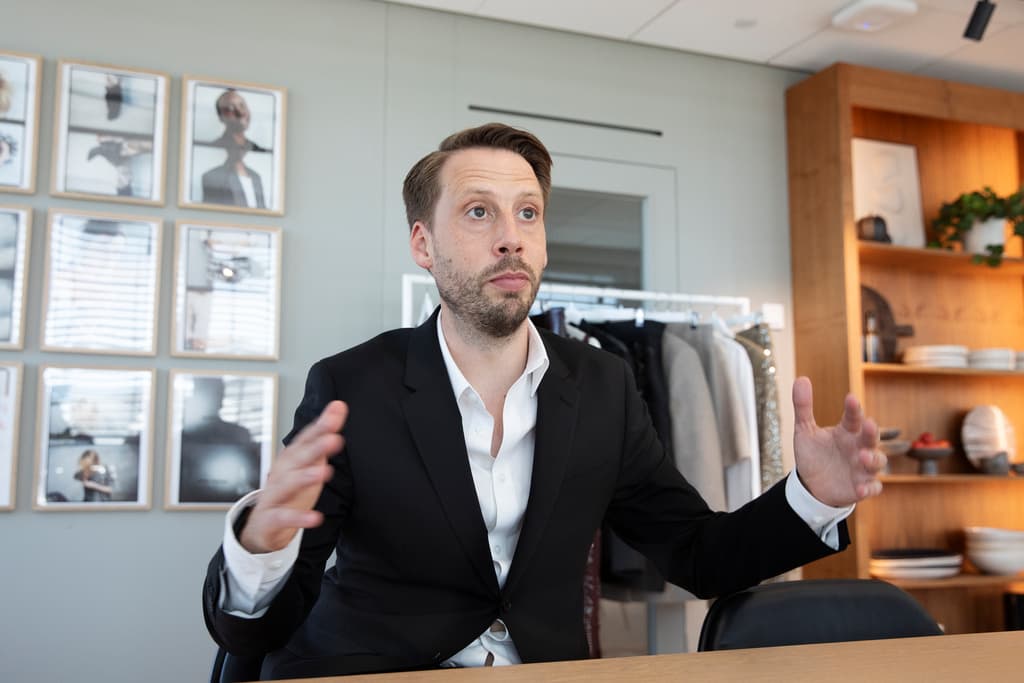Clothing giant H&M has had one of the company's worst stock market days. Weak June sales and several challenges are worrying the market.
Ahead of today's quarterly report, expectations were high for clothing giant H&M with new CEO Daniel Ervér, following last year's focus on cost savings for the company's sake.
The report for the second quarter was, however, a major disappointment, with operating profit rising to 7.1 billion kronor, but still below market expectations of 7.4 billion kronor.
The share closed 13 percent down. And it became one of the company's worst trading days in recent decades.
Several dark clouds
One dark cloud that the market is focusing on is the weak sales in June, a consequence of unstable weather primarily on the important European market.
Last year, we had a very warm start to June after a cold May, and then there is a pent-up demand. This year, it was the opposite, says CEO Daniel Ervér.
An alternative would have been to clearance sale goods, but H&M has chosen a different strategy, says Ervér:
We have chosen to postpone it and think it's good in the long run, but short-term it can have a negative impact on sales. We now see it as a temporary setback, and when the weather normalizes, we see positive sales development again.
For Daniel Ervér, who succeeded Helena Helmersson earlier this year, one of the company's goals is to achieve at least a 10 percent operating margin. It remains despite the June setback, but has become significantly tougher to achieve already this year, admits the CEO.
We are on the right track, we have had four quarters in a row with significant operating improvements. The goal remains, but it becomes challenging when external factors swing in a way we didn't foresee, he says.
More expensive cotton
When Ervér talks about external factors, it's about, among other things, raw material prices. H&M is heavily affected by the price of cotton, but also currency effects and how the Swedish krona develops against the euro.
We sell primarily in euros, but have a large part of the cost base in Swedish kronor. When the krona strengthens, a large part of the costs have also strengthened, but revenues have decreased.
But in a long-term perspective, I would say that I am more confident in the right direction now after the second quarter than before.





